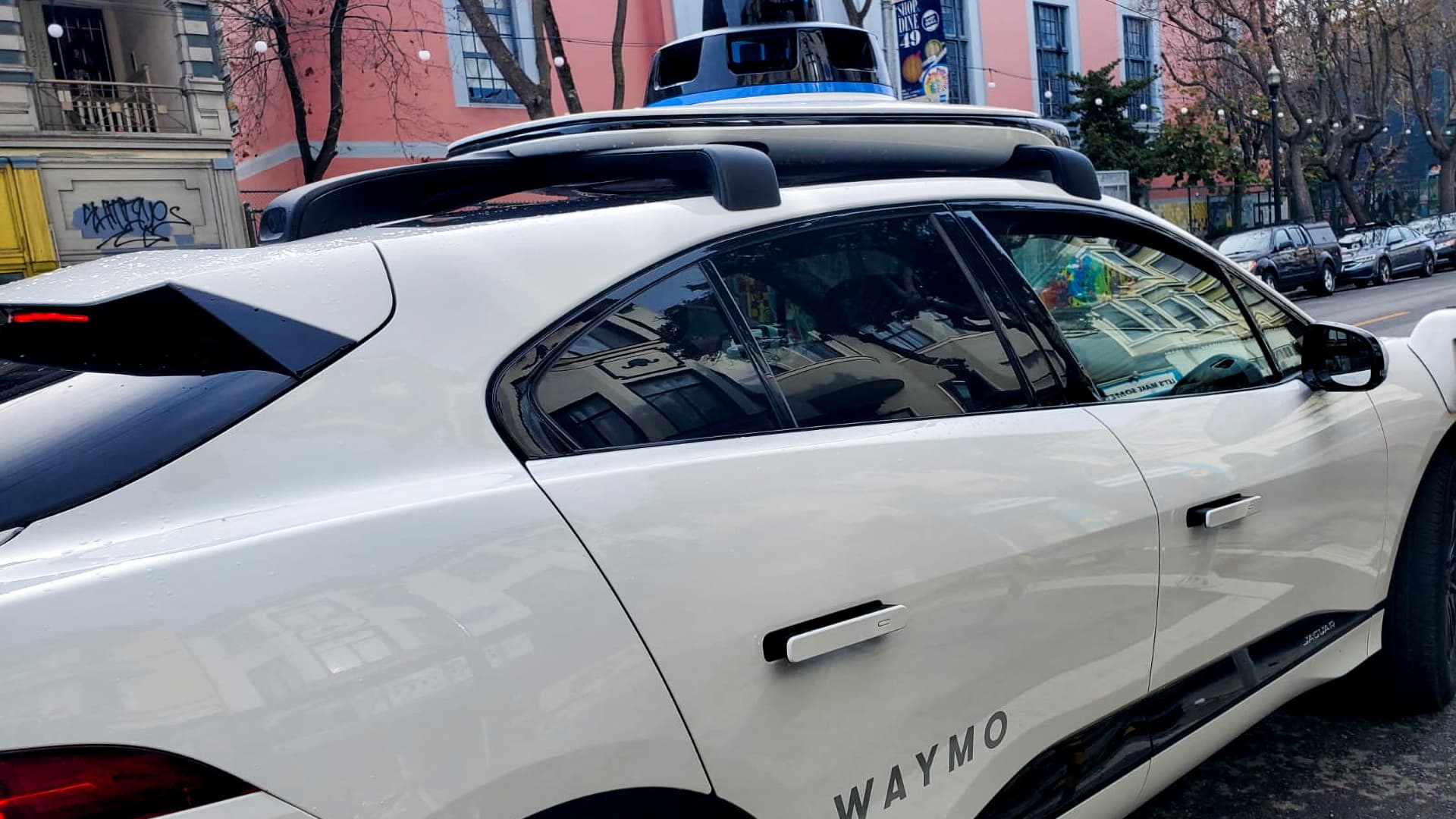Waymo Expands Horizons: Testing Autonomous Vehicles in Tokyo
Waymo, a leader in autonomous vehicle technology, is taking a significant step forward by initiating its first international testing phase in Tokyo, Japan. This move not only marks a critical milestone for the company but also reflects a broader trend of global expansion in the autonomous vehicle sector. As urban environments evolve, the need for innovative transportation solutions becomes increasingly pressing. This article explores the implications of Waymo’s expansion into Tokyo, including technological advancements, potential challenges, and the future of autonomous driving in diverse urban landscapes.
The Significance of Testing in Tokyo
Tokyo, known for its bustling streets and unique traffic patterns, presents a challenging yet promising environment for testing autonomous vehicles. With a population exceeding 14 million, it is one of the most densely populated cities in the world. The complexity of its urban landscape, characterized by narrow roads, intricate intersections, and a high volume of pedestrians and cyclists, offers a real-world laboratory for Waymo’s self-driving technology.
This initiative is not merely about expanding geographical reach; it is a strategic move to enhance the capabilities of Waymo’s autonomous systems. Testing in Tokyo allows Waymo to:
- Adapt to Diverse Traffic Scenarios: The ability to navigate through Tokyo’s unique traffic conditions will help refine Waymo’s algorithms, making them more robust and adaptable.
- Integrate Local Regulations: Understanding and complying with Japan’s traffic laws and cultural nuances is crucial for the successful deployment of autonomous vehicles.
- Collaborate with Local Innovators: Partnering with Japanese technology firms and research institutions can foster innovation and accelerate advancements in autonomous driving.
Technological Innovations Driving the Expansion
Waymo’s commitment to innovation is evident in its use of cutting-edge technology. The company’s self-driving vehicles are equipped with a combination of sensors, cameras, and artificial intelligence (AI) systems that enable them to perceive and interpret their surroundings.
Sensor Technology
The vehicles utilize a suite of sensors, including Lidar, radar, and cameras, to create a detailed 3D map of the environment. This sensor fusion allows for enhanced detection of obstacles, pedestrians, and other vehicles, which is particularly important in a busy urban setting like Tokyo.
Artificial Intelligence and Machine Learning
At the heart of Waymo’s technology is its AI-driven decision-making system. By leveraging machine learning, Waymo can improve its vehicles’ ability to predict the behavior of other road users, adapt to changing conditions, and make safe driving decisions in real time. This is particularly crucial in a city where human drivers may behave unpredictably.
Challenges Ahead
While the prospects of testing in Tokyo are promising, there are significant challenges that Waymo must navigate:
- Regulatory Hurdles: Japan has strict regulations governing autonomous vehicle operations. Waymo will need to work closely with local authorities to ensure compliance and gain public trust.
- Public Perception: The acceptance of autonomous vehicles varies by region. Waymo must engage in public outreach to educate residents about the safety and benefits of self-driving technology.
- Technical Adaptation: Adapting the technology to account for local driving behaviors, road conditions, and infrastructure will be crucial for successful deployment.
Broader Implications for the Autonomous Vehicle Industry
Waymo’s expansion into Tokyo is part of a larger trend of global investment in autonomous vehicle technology. As cities around the world grapple with traffic congestion, air pollution, and the need for sustainable transport solutions, autonomous vehicles are increasingly viewed as a viable option. The implications of this trend are profound:
Urban Mobility Transformation
Autonomous vehicles have the potential to revolutionize urban mobility by:
- Reducing Traffic Congestion: Self-driving cars can optimize traffic flow and reduce bottlenecks through real-time data analysis.
- Enhancing Safety: With AI systems capable of making split-second decisions, autonomous vehicles could significantly decrease accident rates.
- Promoting Sustainability: Self-driving technology can facilitate the use of electric vehicles, thereby contributing to lower emissions in urban areas.
Global Collaboration and Innovation
Waymo’s international testing phase will likely stimulate collaboration between technology firms, automotive manufacturers, and local governments. Such partnerships can lead to innovation in transportation infrastructure, including smart traffic signals and dedicated lanes for autonomous vehicles, creating a more integrated urban environment.
Conclusion
Waymo’s decision to test autonomous vehicles in Tokyo is a significant step in the evolution of transportation technology. As the company navigates the complexities of a new urban landscape, it will face challenges that require innovative solutions and close collaboration with local stakeholders. The implications of this expansion extend beyond Waymo; they signal a shift in how cities worldwide may approach mobility in the future. By embracing autonomous vehicle technology, urban centers can move towards safer, more efficient, and sustainable transportation systems, paving the way for a new era of urban mobility.
See more Future Tech Daily

